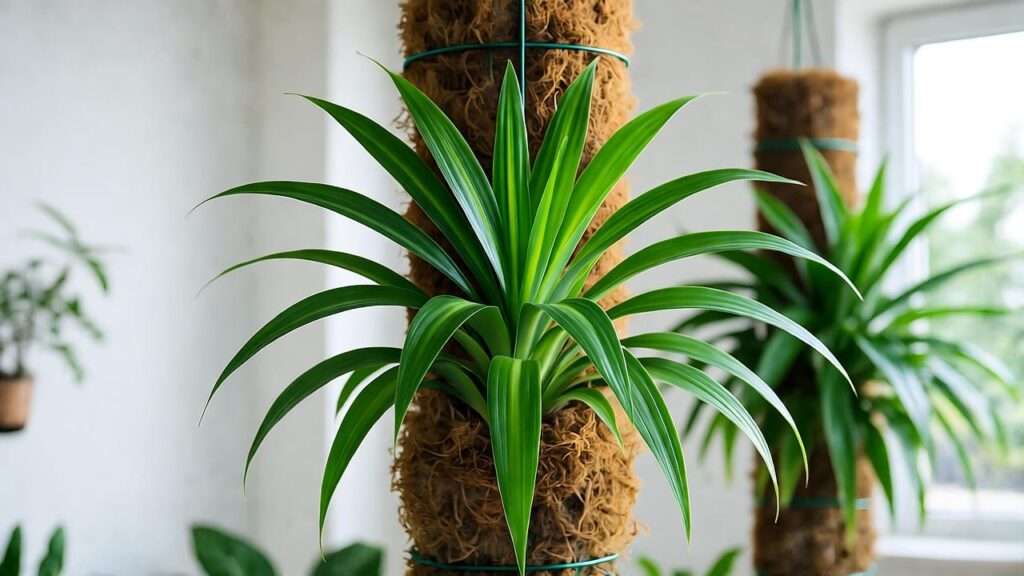Imagine transforming a plain wall or corner of your home into a cascading masterpiece of lush, green foliage that looks like it belongs in a tropical rainforest. That’s the magic of the shingle plant, a stunning houseplant that’s stealing the spotlight in homes worldwide. Known for its unique, overlapping leaves that cling to surfaces like natural shingles, the shingle plant (Rhaphidophora hayi or Rhaphidophora cryptantha) is a low-maintenance gem perfect for both novice and seasoned plant parents. But how do you keep this beauty thriving? From yellowing leaves to stunted growth, caring for a shingle plant can feel daunting without the right guidance. In this comprehensive guide, we’ll share expert-driven tips to help you grow a healthy, vibrant shingle plant that elevates your indoor space. Let’s dive into everything you need to know to make your shingle plant flourish! 🌿
What Is a Shingle Plant? 🌿
Understanding the Shingle Plant’s Unique Charm
The shingle plant, scientifically known as Rhaphidophora hayi or Rhaphidophora cryptantha, is a tropical climber native to the rainforests of Southeast Asia and Australia. Its nickname comes from its distinctive growth pattern: small, heart-shaped leaves that overlap tightly against a surface, resembling shingles on a roof. These plants are epiphytic, meaning they naturally grow on other plants or structures in their humid, shaded jungle habitats. As houseplants, they bring a touch of the tropics indoors, creating a striking visual effect when trained to climb moss poles, wooden boards, or even walls.
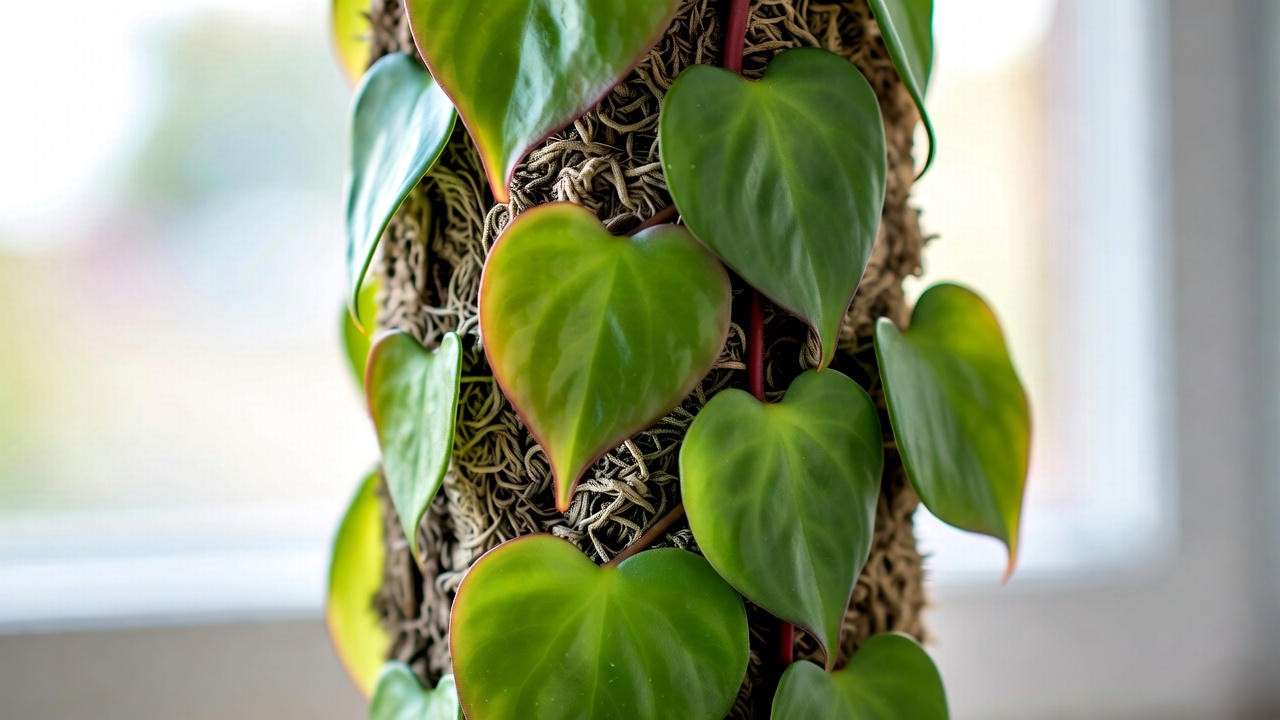
Why Choose a Shingle Plant for Your Home?
Shingle plants are a favorite among plant enthusiasts for their compact growth and versatility. Unlike sprawling vines like pothos or monstera, shingle plants stay tidy, making them ideal for small apartments or minimalist decor. Their ability to adhere to surfaces creates a living wall effect, perfect for modern trends like vertical gardens or boho-chic interiors. Plus, they’re relatively easy to care for, offering a rewarding experience for beginners looking to expand their plant collection. Compared to other climbers, shingle plants stand out for their unique leaf texture and adaptability to various indoor environments.
Essential Care Requirements for a Healthy Shingle Plant 🌞
Light Requirements for Optimal Growth
Shingle plants thrive in bright, indirect light, mimicking the dappled sunlight of their rainforest origins. Place your plant near an east- or west-facing window where it can soak up filtered light without being scorched by direct sun. Too little light can lead to leggy growth or small, pale leaves, while too much sun may cause leaf burn. If you notice your shingle plant stretching toward a light source, it’s a sign it needs more brightness.
Can Shingle Plants Survive Low Light?
While shingle plants prefer bright conditions, they can tolerate moderate low light, making them suitable for rooms with limited natural light. However, growth may slow, and leaves may lose their vibrancy. To boost light in dim spaces, consider a full-spectrum LED grow light. For example, a 20W grow light like the GE BR30 Grow Light provides the right spectrum for photosynthesis without overwhelming the plant. Position the light 12–18 inches above the plant for 8–10 hours daily to mimic natural conditions.
Watering Needs and Techniques
Proper watering is key to a thriving shingle plant. Water when the top inch of soil feels dry to the touch, typically every 1–2 weeks depending on your home’s humidity and light levels. Overwatering is a common mistake, leading to root rot or soggy soil. Always ensure your pot has drainage holes to prevent water from pooling at the bottom.
How to Water a Shingle Plant Correctly
To water effectively, use the finger test: Insert your finger into the soil up to the first knuckle. If it’s dry, water thoroughly until excess drains out. For best results, use distilled or rainwater to avoid mineral buildup, which can harm sensitive roots. A moisture meter can also help, especially for beginners. Aim for a reading of 3–4 on a 10-point scale before watering. Expert Tip: If your tap water is hard, let it sit overnight to reduce chlorine content before watering.
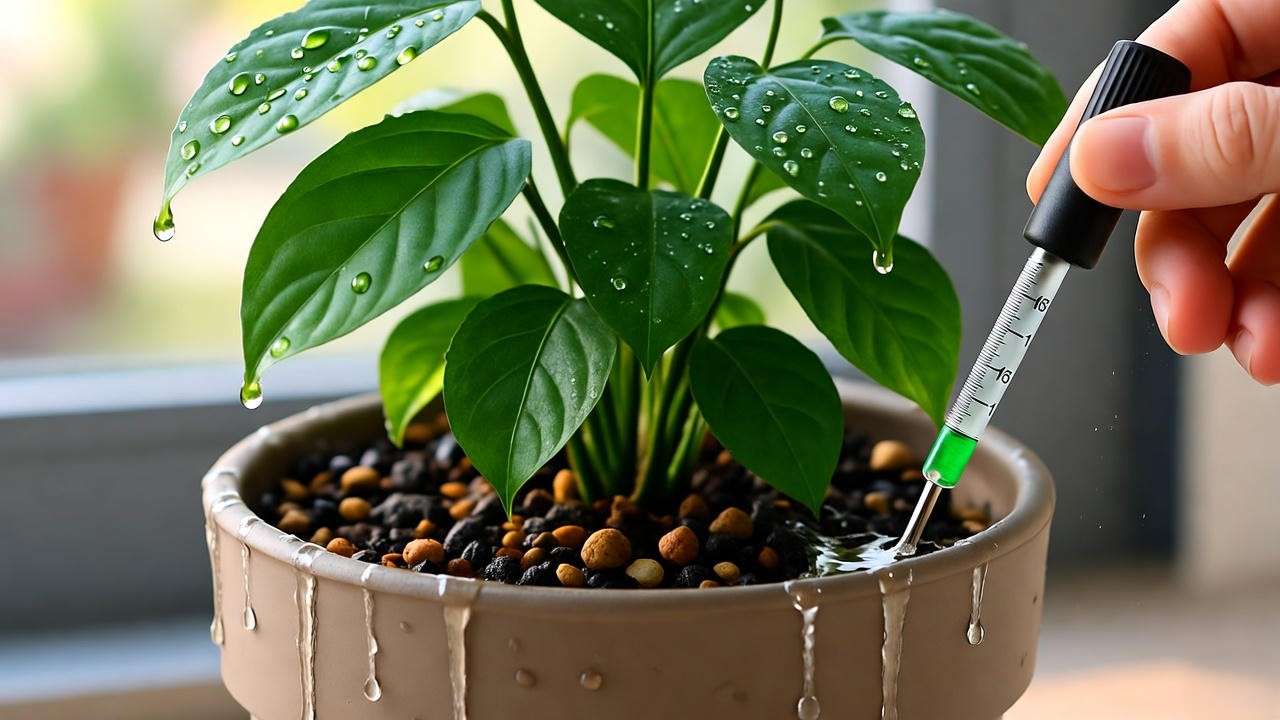
Soil and Potting Mix for Success
Shingle plants need a well-draining, airy potting mix to mimic their epiphytic roots. A blend of 50% potting soil, 30% perlite, and 20% orchid bark or coco coir works wonders. This mix ensures proper aeration and prevents waterlogging, which is critical for root health. Choose a pot with drainage holes—terracotta is ideal for wicking away excess moisture.
Repotting Tips for Shingle Plants
Repot your shingle plant every 1–2 years or when you notice roots circling the pot’s base or growth slowing. Signs include roots poking out of drainage holes or soil drying out too quickly. To repot:
- Gently remove the plant from its pot.
- Shake off old soil and trim any dead roots.
- Place in a pot one size larger with fresh aroid mix.
- Water lightly and keep in indirect light for a week to reduce stress.
Choose a pot 2–3 inches larger in diameter to give roots room to grow without overwhelming the plant.
Humidity and Temperature Needs
Shingle plants crave humidity levels of 50–70%, typical of their tropical origins. Most homes average 30–40% humidity, so you may need to boost moisture. Use a humidifier, place a pebble tray with water beneath the pot, or group plants together to create a microclimate. Ideal temperatures range from 65–80°F (18–27°C). Avoid placing your plant near drafts, air vents, or cold windows, as temperatures below 55°F can cause leaf drop.
Creating a Tropical Environment Indoors
If you live in a dry climate, misting can help but should be done sparingly to avoid fungal issues. A small humidifier like the LEVOIT Classic 100 is a game-changer, maintaining consistent humidity without over-saturating leaves. Bathrooms and kitchens naturally offer higher humidity, making them prime spots for shingle plants. Expert Insight: Grouping your shingle plant with other humidity-loving plants like ferns or calatheas can enhance moisture levels and create a stunning display.
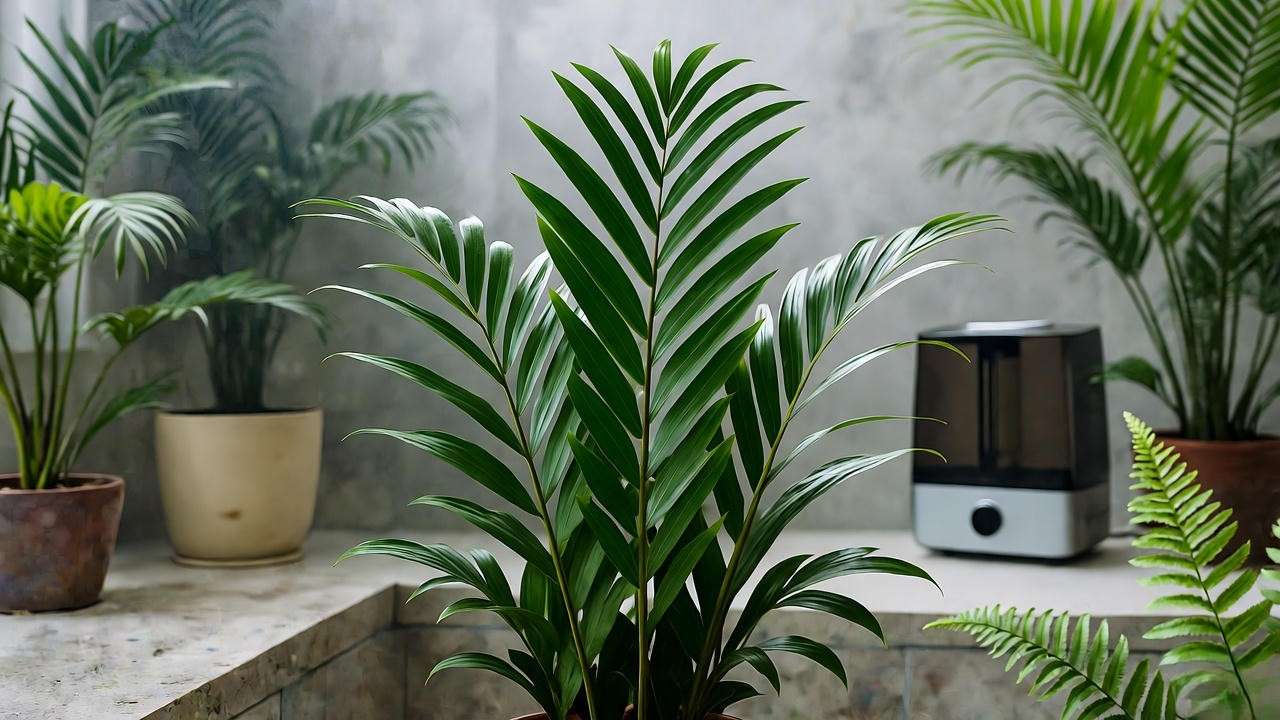
Supporting Shingle Plant Growth: Trellis and Climbing Structures 🪴
Why Shingle Plants Need Support
In the wild, shingle plants climb trees or rocks, using their leaves to grip surfaces. Indoors, they need a support structure to showcase their signature shingle effect. Without support, they may sprawl messily or fail to develop their characteristic flat, overlapping leaves. A support not only enhances aesthetics but also promotes healthy growth by encouraging upward climbing.
Best Support Structures for Shingle Plants
Popular options include:
- Moss Poles: Provide a moist, textured surface for roots to cling to.
- Coir Totems: Lightweight and eco-friendly, ideal for smaller plants.
- Wooden Boards: Mimic natural tree bark for a rustic look.
To set up a moss pole:
- Insert a 2–3-foot pole into the pot’s center during repotting.
- Secure the plant’s stem to the pole with soft ties or twine.
- Mist the pole occasionally to keep it moist, encouraging root attachment.
Expert Tip: Gently press leaves against the support to promote adhesion, creating that iconic shingle look over time.
Common Shingle Plant Problems and Solutions 🐛
Troubleshooting Common Issues
Even with proper care, shingle plants can face challenges. Here’s a quick diagnostic guide:
| Symptom | Cause | Solution |
|---|---|---|
| Yellowing leaves | Overwatering or poor drainage | Reduce watering; check for root rot. |
| Leggy growth | Insufficient light | Move to brighter, indirect light. |
| Leaf drop | Cold drafts or low humidity | Relocate plant; increase humidity. |
| Small, pale leaves | Nutrient deficiency | Fertilize monthly during growing season. |
Pests and How to Manage Them
Shingle plants are relatively pest-resistant but can attract spider mites, mealybugs, or aphids. Check leaves regularly for webbing, sticky residue, or tiny bugs. To treat:
- Organic Method: Wipe leaves with a neem oil solution (1 tsp neem oil, 1 L water, a drop of dish soap).
- Chemical Method: Use insecticidal soap, following label instructions.
Expert Insight: Prevent pests by cleaning leaves monthly with a damp cloth and maintaining good air circulation. Quarantine new plants to avoid infestations.
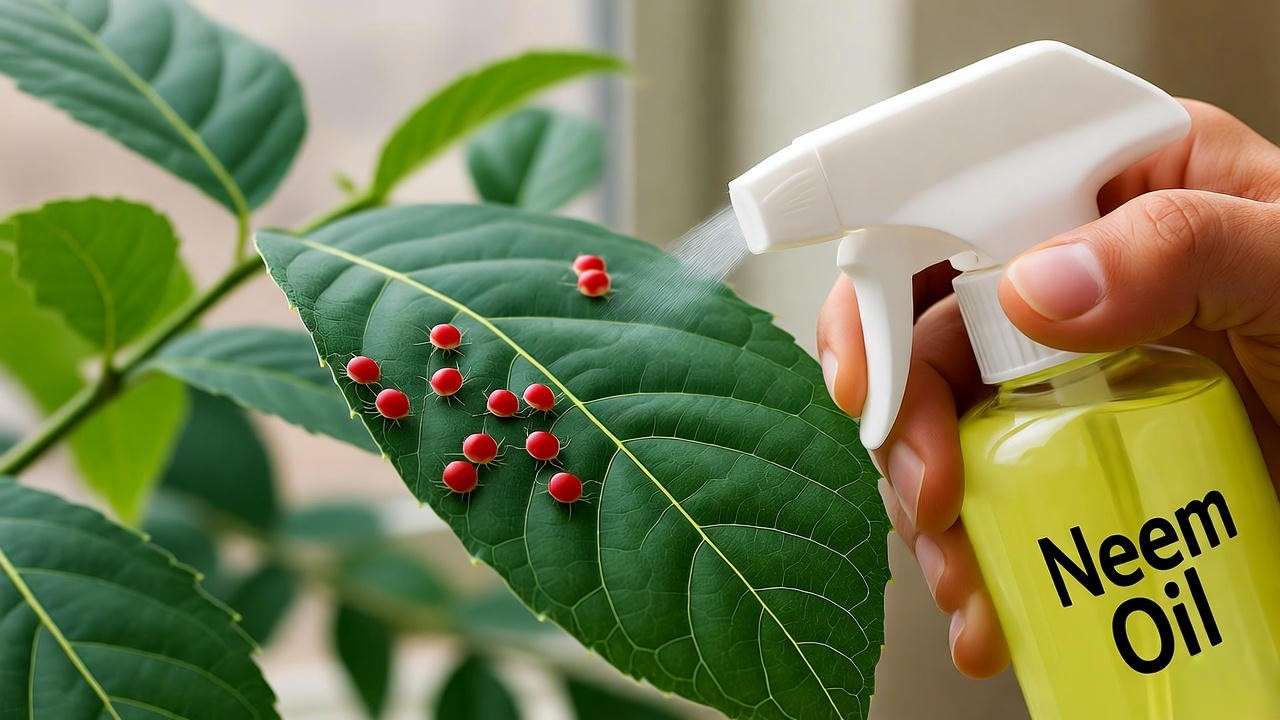
Preventing and Treating Root Rot
Root rot, caused by overwatering or poor drainage, is a top shingle plant killer. Signs include mushy roots, wilting, or a foul smell. To recover:
- Remove the plant from its pot and inspect roots.
- Trim away black, mushy roots with sterilized scissors.
- Repot in fresh, well-draining mix and reduce watering frequency.
Prevent root rot by ensuring proper drainage and watering only when needed.
Propagation Made Easy: Growing More Shingle Plants 🌿
How to Propagate a Shingle Plant
Propagating a shingle plant is a rewarding way to expand your collection or share with friends. The most effective method is stem cuttings, which can be rooted in water or soil. Here’s a step-by-step guide:
- Choose a Healthy Stem: Select a stem with at least 2–3 nodes (where leaves attach) and healthy leaves.
- Cut Below a Node: Use sterilized scissors to cut just below a node at a 45-degree angle.
- Prepare the Cutting: Remove lower leaves to expose the node, leaving 1–2 leaves at the top.
- Root in Water or Soil:
- Water: Place the cutting in a jar of filtered water, ensuring the node is submerged. Change water every 3–5 days.
- Soil: Plant the cutting in a small pot with moist aroid mix, covering the node.
- Provide Ideal Conditions: Keep in bright, indirect light with high humidity (cover with a plastic bag for a greenhouse effect).
- Transplant: Roots should form in 2–4 weeks. Once roots are 2 inches long, transplant water-rooted cuttings to soil.
Tips for Successful Propagation
Propagate in spring or summer when the plant is actively growing for the best results. Maintain high humidity (60–80%) and temperatures around 70–75°F. Avoid direct sunlight, which can stress cuttings. Expert Tip: Dip the cut end in rooting hormone powder to speed up root development, but it’s optional for shingle plants, as they root readily. Common mistakes include using overly long cuttings or neglecting humidity, which can lead to wilting. Check soil moisture daily for soil propagation to prevent drying out or overwatering.
Styling Your Shingle Plant for Maximum Impact 🎍
Creative Ways to Display Your Shingle Plant
The shingle plant’s climbing nature makes it a versatile addition to any interior. Here are some styling ideas:
- Wall-Mounted Display: Train your shingle plant to climb a wooden board or cork panel for a living wall effect.
- Hanging Basket: Let it cascade from a hanging pot for a lush, trailing look.
- Bookshelf Accent: Drape it along a shelf, allowing leaves to cling to a small trellis or pole.
These setups align with modern decor trends like biophilic design, bringing nature indoors. Use macrame hangers or sleek ceramic pots to match boho or minimalist aesthetics.
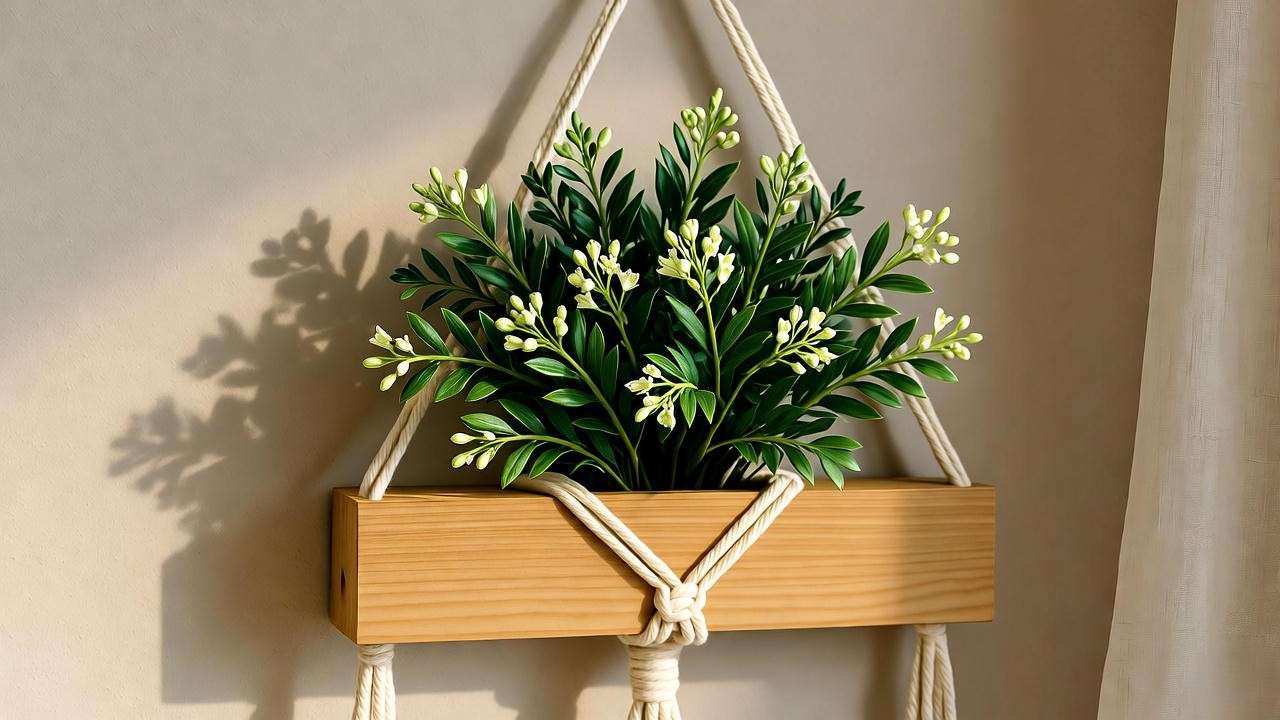
Pairing Shingle Plants with Other Houseplants
Shingle plants pair beautifully with other tropicals to create a cohesive indoor jungle. Try combining with:
- Philodendrons: Their heart-shaped leaves complement the shingle plant’s texture.
- Ferns: Add feathery contrast for a layered look.
- Calatheas: Their vibrant patterns enhance the shingle plant’s subtle green hues.
Arrange plants at varying heights (e.g., on stands or shelves) to create depth. Ensure all plants in the group have similar light and humidity needs for easy care. Expert Tip: Use a tray of pebbles with water beneath mixed arrangements to maintain humidity for all plants.
Expert Tips for Long-Term Shingle Plant Success 🌟
Advanced Care Techniques
To keep your shingle plant thriving for years, incorporate these advanced strategies:
- Fertilizing: Feed monthly during spring and summer with a balanced liquid fertilizer (e.g., 10-10-10) diluted to half strength. Pause fertilizing in fall and winter when growth slows.
- Pruning: Trim leggy stems to encourage bushier growth. Use clean scissors and cut just above a node. Prune sparingly to maintain the plant’s natural shape.
- Seasonal Adjustments: Reduce watering in winter, as the plant enters a dormant phase. Increase humidity during dry winter months to prevent leaf browning.
Expert Insight: Rotate your shingle plant every few weeks to ensure even light exposure, promoting balanced growth.
Debunking Shingle Plant Myths
Myth: Shingle plants are high-maintenance and difficult to grow.
Fact: With proper light, water, and humidity, shingle plants are low-maintenance compared to finicky species like fiddle-leaf figs. Their adaptability to moderate light and forgiving nature make them beginner-friendly.
Myth: Shingle plants need constant misting.
Fact: Over-misting can lead to fungal issues. Instead, focus on ambient humidity through humidifiers or pebble trays for consistent moisture.
Citing horticultural studies, such as those from the University of Florida’s Institute of Food and Agricultural Sciences, shingle plants are resilient epiphytes that thrive with minimal intervention when their basic needs are met.
FAQs About Shingle Plant Care ❓
Your Shingle Plant Questions Answered
Here are answers to common questions based on search trends and plant care forums:
Q: Why is my shingle plant not climbing?
A: It may lack a proper support structure or sufficient light. Provide a moss pole or wooden board and ensure bright, indirect light to encourage climbing.
Q: How often should I water my shingle plant?
A: Water when the top inch of soil is dry, typically every 1–2 weeks. Adjust based on light and humidity levels.
Q: Can shingle plants grow in low light?
A: They can survive in low light but thrive in bright, indirect light. Supplement with a grow light if natural light is limited.
Q: Why are my shingle plant’s leaves turning yellow?
A: Yellowing often indicates overwatering or poor drainage. Check soil moisture and ensure the pot has drainage holes.
Q: How do I propagate a shingle plant?
A: Take a stem cutting with 2–3 nodes, root in water or soil, and keep in bright, humid conditions. Roots form in 2–4 weeks.
Q: Are shingle plants pet-safe?
A: No, shingle plants are toxic to pets if ingested, causing mouth irritation. Keep out of reach of cats and dogs.
Q: How do I increase humidity for my shingle plant?
A: Use a humidifier, pebble tray, or group with other plants to maintain 50–70% humidity.
These concise answers are optimized for featured snippets, addressing searcher intent directly.
Conclusion: Your Path to a Thriving Shingle Plant 🌿
Growing a shingle plant is a delightful journey that brings a slice of the tropics into your home. By providing bright, indirect light, well-draining soil, and adequate humidity, you can ensure your shingle plant thrives with minimal effort. Support its climbing habit with a moss pole or board to showcase its unique shingle-like leaves, and don’t shy away from propagating to grow your collection. Whether you’re troubleshooting yellow leaves or styling a living wall, this guide equips you with expert tips to succeed. Share your shingle plant photos in the comments below, and let’s inspire each other to create stunning indoor greenery! 🌱
For more plant care inspiration, check out our guides on “Top 10 Low-Maintenance Houseplants” or “How to Create a Living Wall” to elevate your indoor jungle.

